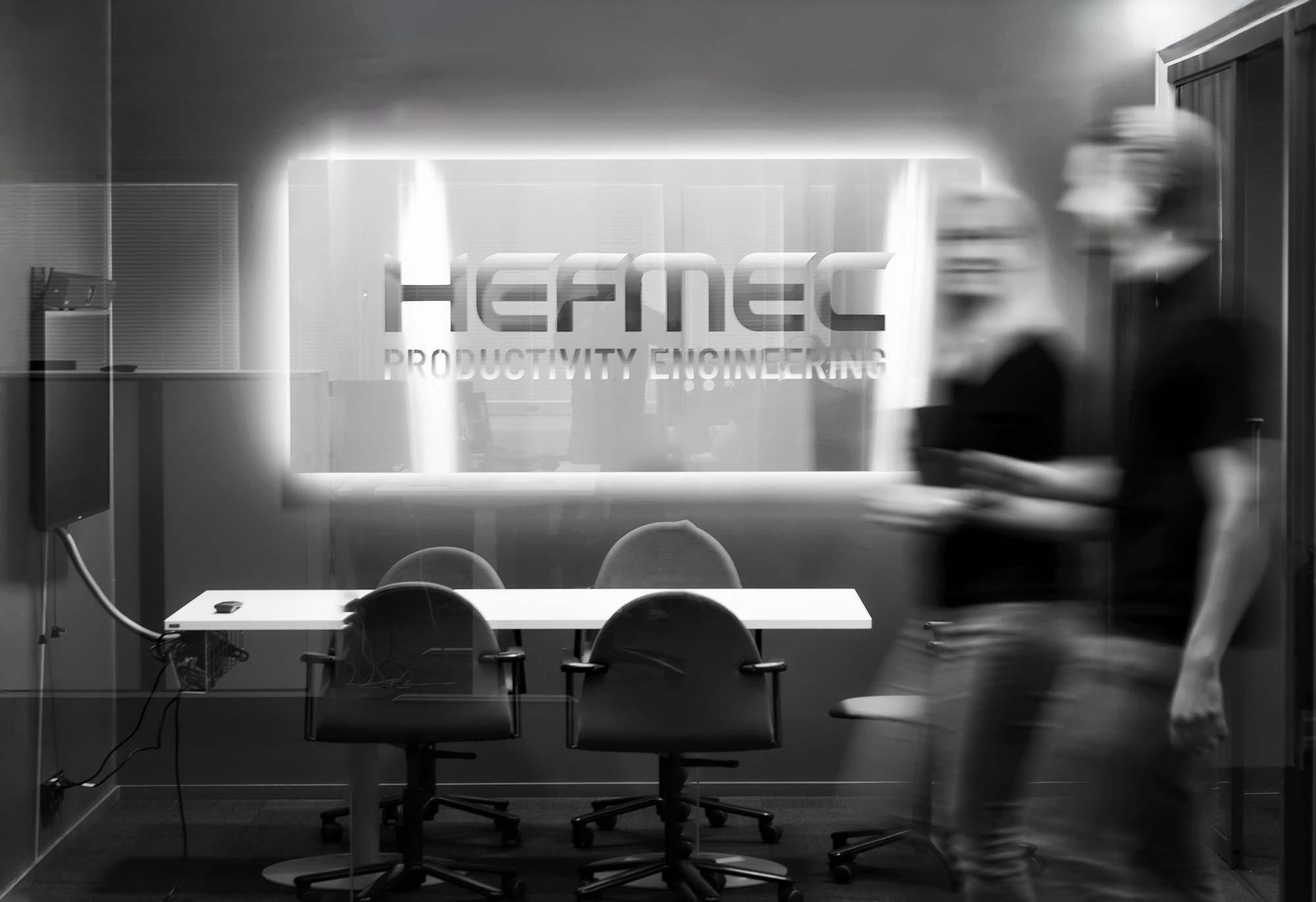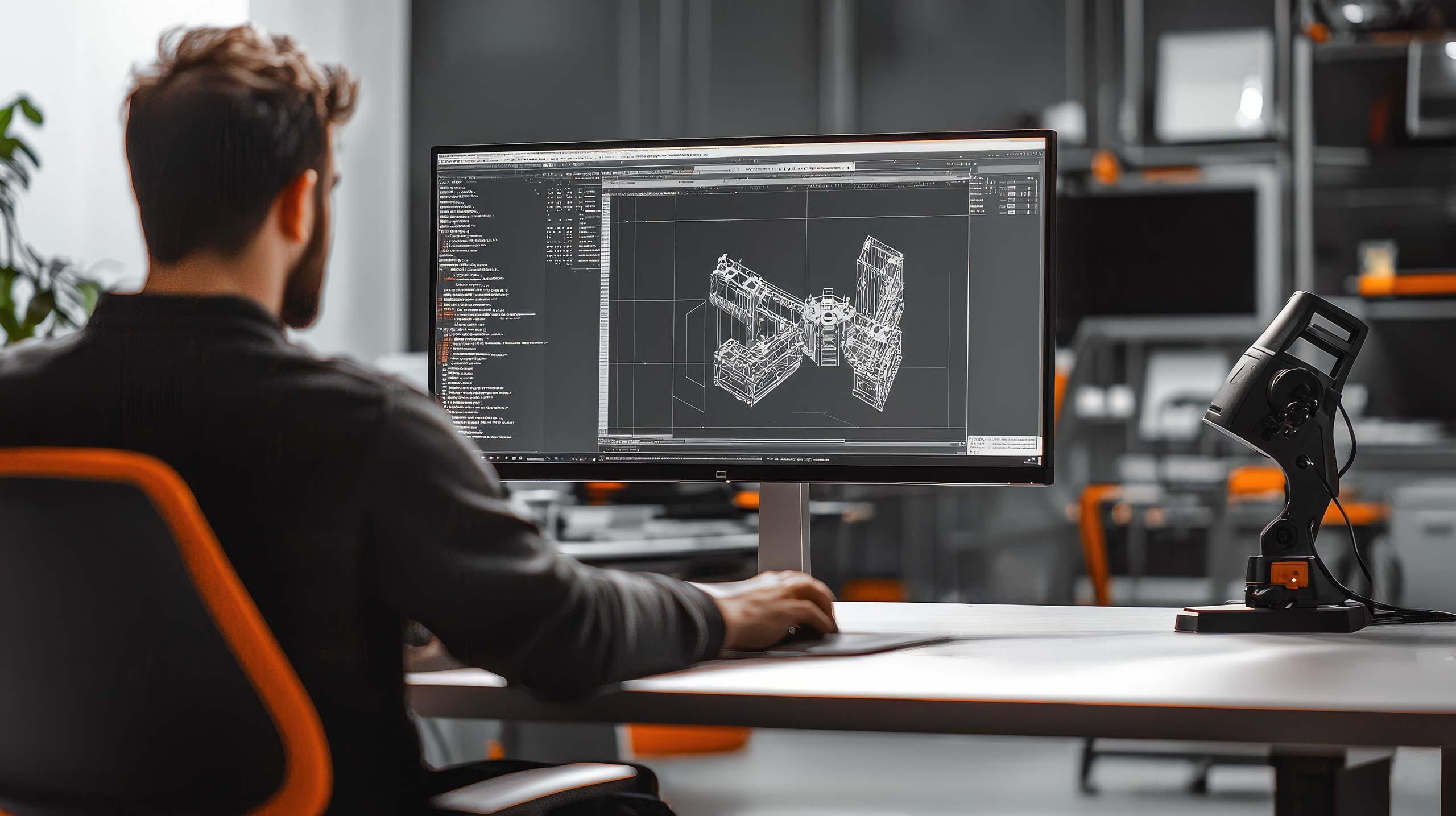What is URS?
A URS, or User Requirement Specification, is a document that defines the user requirements and expectations for a particular project or product. It serves as the basis for the design and implementation of a project, ensuring that the end result meets the user’s needs. The URS is particularly important in complex projects with multiple stakeholders and technical requirements.
The URS document contains detailed descriptions of what the user expects from the system or product. This may include functional requirements, performance requirements, user interface requirements and other technical specifications. The aim is to create a clear and unambiguous description that guides the development of the project from start to finish.
It is important that the URS is as accurate and comprehensive as possible so that it can serve as an effective communication tool between the different parties involved in the project. A well-drafted URS will reduce misunderstandings and help ensure that the project is progressing as planned.
Who owns the URS process?
Responsibility for the URS process usually lies with the project owner or client, who defines the project objectives and requirements. This person or group is responsible for ensuring that the URS document is produced and that it meets the user’s needs. They are also responsible for ensuring that all stakeholders are involved in the process and that their views are taken into account.
Although the project owner is responsible for the URS, the process often involves several different parties, including engineers, designers and end-users. This collaboration ensures that all perspectives are taken into account and that the end result is as comprehensive and functional as possible.
The Hefmec URS process places particular emphasis on listening to the customer and understanding their needs. This approach ensures that the URS document is accurate and that it supports the success of the project.
What is the importance of URS for your organisation?
URS plays a key role in the project management and development of the organisation. It acts as a guideline that defines the project objectives and requirements, and helps ensure that all parties are on the same page. This reduces the risk of the project going off track or the outcome not meeting expectations.
A well-designed URS will also help you manage the cost and schedule of your project. When requirements are clearly defined, it is easier to estimate the resources and timeframes needed. This in turn helps avoid delays and budget overruns.
For an organisation, URS is also an important tool for quality assurance. It provides clear criteria against which the success of a project can be assessed. This helps to ensure that the end result is of high quality and meets the user’s needs.
How does URS affect project management?
The URS is an essential part of project management, as it defines the objectives and requirements of the project. This helps the project manager to plan and execute the project efficiently. The URS also acts as a communication tool to ensure that all parties involved understand the project objectives and requirements.
In project management, URS also helps to manage risks. With clearly defined requirements, it is easier to identify potential risks and develop strategies to manage them. This reduces the risk of project failure and helps ensure that the project goes ahead as planned.
In addition, URS helps the project manager to monitor the progress of the project and ensure that it stays on time and on budget. This is particularly important in complex projects with multiple stakeholders and technical requirements.
Hefmec offers comprehensive URS services to support the success of your project and ensure that the end result meets your needs.



